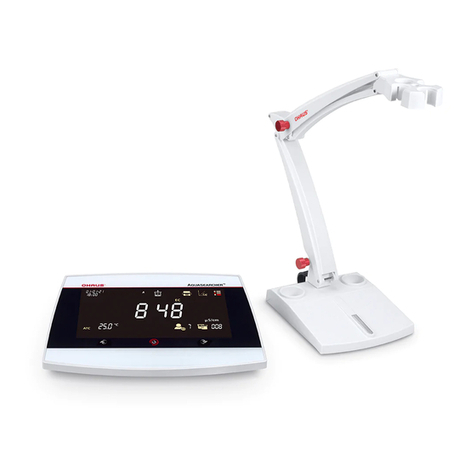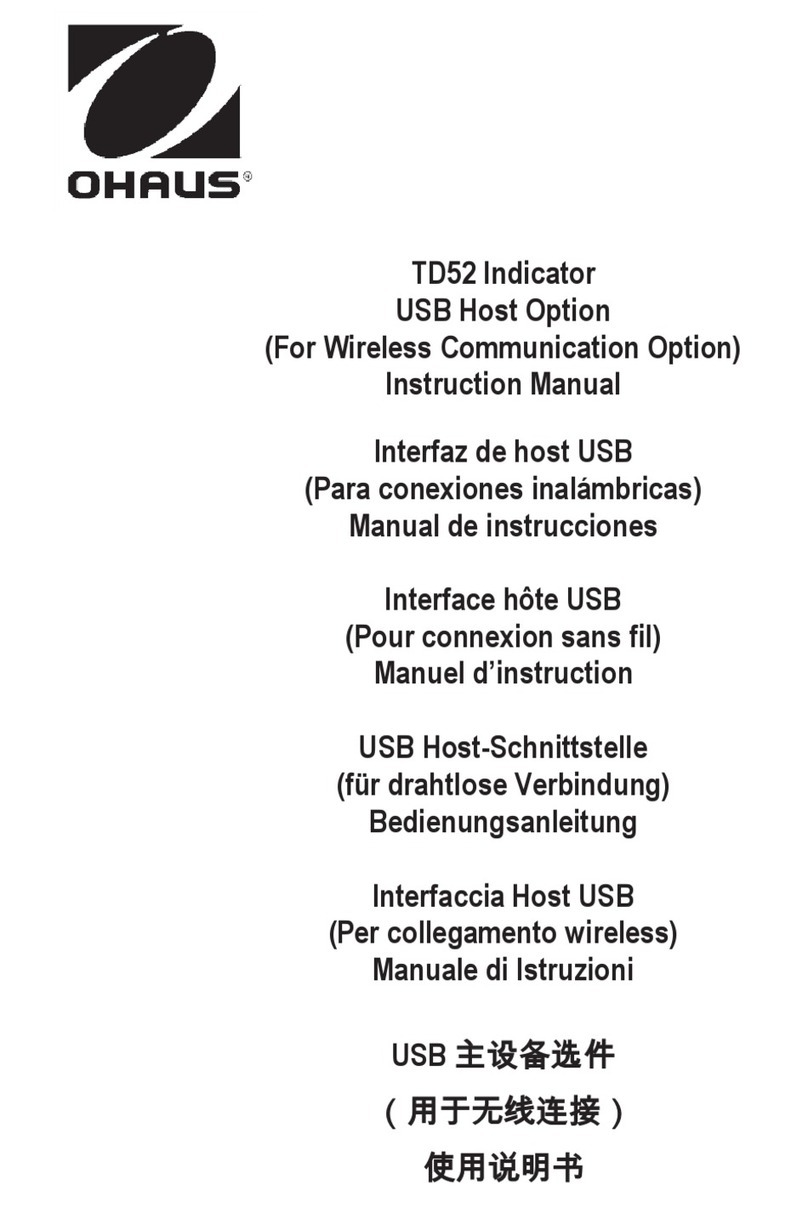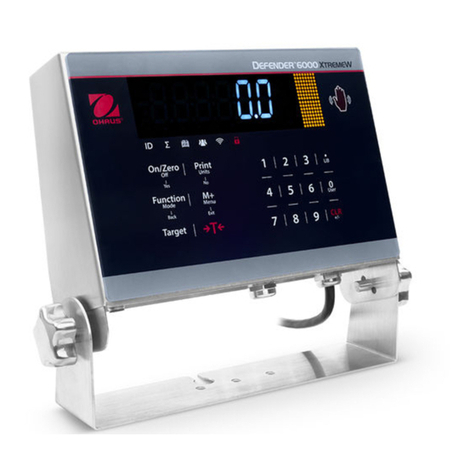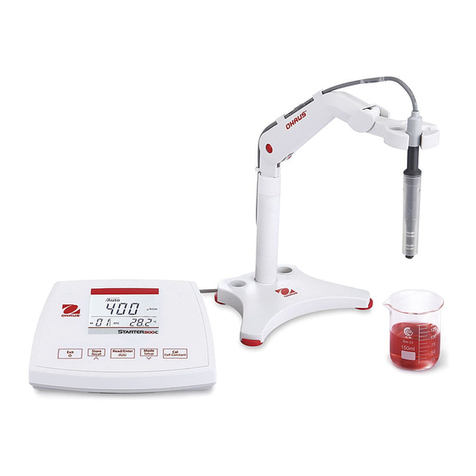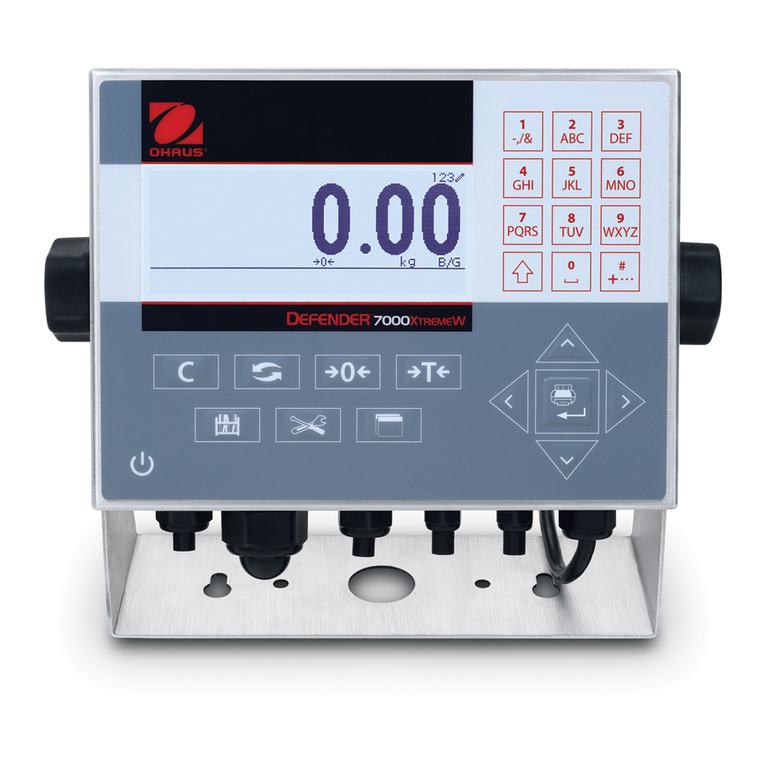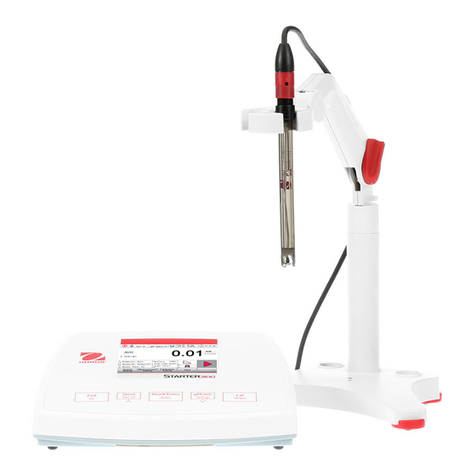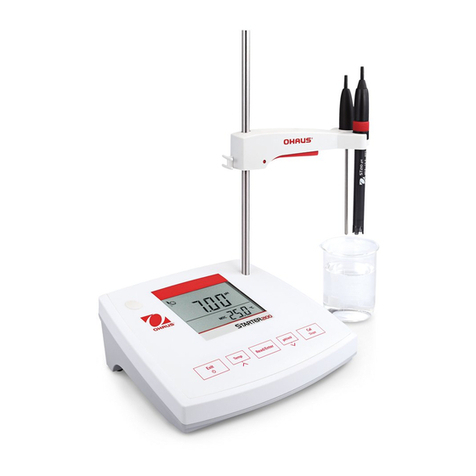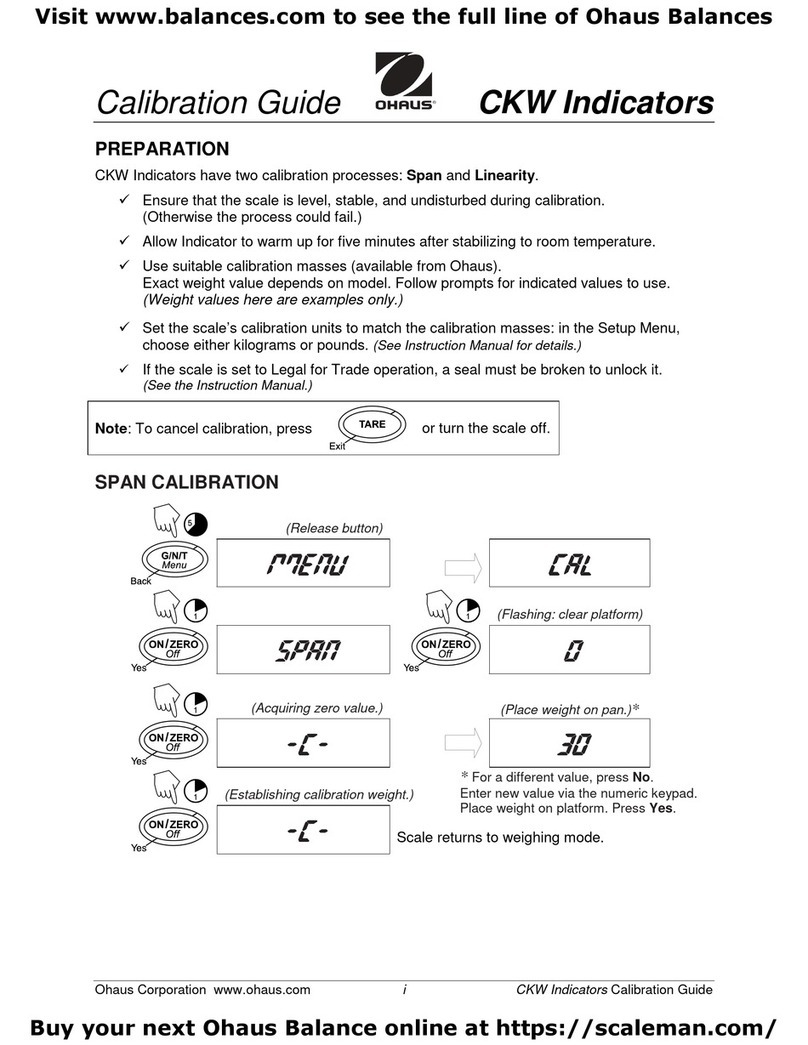Defender 3000 Indicators EN-1
Table of Contents
1. INTRODUCTION ................................................................................................................................................3
1.1. SAFETY PRECAUTIONS ................................................................................................................................................... 3
1.2. INTENDED USE ............................................................................................................................................................ 3
1.3. OVERVIEW OF PARTS AND CONTROLS .............................................................................................................................. 4
1.4. MAINBOARD ............................................................................................................................................................... 5
1.5. CONTROL FUNCTIONS ................................................................................................................................................... 6
2. INSTALLATION ..................................................................................................................................................8
2.1 UNPACKING ................................................................................................................................................................ 8
2.2 EXTERNAL CONNECTIONS............................................................................................................................................... 8
2.2.1 Battery Power Supply...................................................................................................................................... 8
2.2.2 AC Power Supply ............................................................................................................................................. 8
2.3 INTERNAL CONNECTIONS ............................................................................................................................................... 9
2.3.1 Open the Housing............................................................................................................................................ 9
2.3.2 EasyConnectTM Indicator ............................................................................................................................... 13
2.3.3 Non-EasyConnectTM Indicator ....................................................................................................................... 13
2.3.4 i-DT33P RS232 Connection ............................................................................................................................ 17
2.3.5 i-DT33XW RS232 Connection ........................................................................................................................ 17
2.4 MOUNTING BRACKET.................................................................................................................................................. 18
3. OPERATION .................................................................................................................................................... 19
3.1 TURNING THE SCALE ON/OFF....................................................................................................................................... 19
3.2 WEIGHING MODE...................................................................................................................................................... 19
3.2.1 Enter the Mode and Start Weighing ............................................................................................................. 19
3.2.2 Application Settings ...................................................................................................................................... 19
3.3 COUNTING MODE ...................................................................................................................................................... 20
3.3.1 Enter the Mode ............................................................................................................................................. 20
3.3.2 Start Counting ............................................................................................................................................... 20
3.3.3 Application Settings ...................................................................................................................................... 20
3.4 CHECK ..................................................................................................................................................................... 21
3.4.1 Set Check Limits............................................................................................................................................. 21
3.4.2 Positive Check................................................................................................................................................ 21
3.4.3 Negative Check.............................................................................................................................................. 21
3.4.4 Zero Check..................................................................................................................................................... 21
3.4.5 Application Settings ...................................................................................................................................... 21
3.5 TOTALIZATION ........................................................................................................................................................... 23
3.5.1 Application Settings ...................................................................................................................................... 23
3.5.2 Enter the Mode ............................................................................................................................................. 23
3.5.3 Totalization Method...................................................................................................................................... 23
3.5.4 View Totalization Result................................................................................................................................ 23
3.5.5 Totalization Rules.......................................................................................................................................... 24
3.5.6 Print Totalization Result and Format ............................................................................................................ 24
3.5.7 Application Settings ...................................................................................................................................... 25
4. MENU SETTINGS............................................................................................................................................. 26
4.1 MENU NAVIGATION ................................................................................................................................................... 26
4.1.1 User Menu (in segments) .............................................................................................................................. 26
4.1.2 Button Navigation......................................................................................................................................... 27
4.2 CALIBRATION MENU................................................................................................................................................... 28
4.2.1 Initial Calibration........................................................................................................................................... 28
4.2.2 Zero Calibration [
ZErO
].................................................................................................................................. 28
4.2.3 Span Calibration [
SpaN
]................................................................................................................................. 28
4.2.4 Linearity Calibration [
LIN
]............................................................................................................................. 29
4.2.5 GEO Code Adjustment [
GEO
].......................................................................................................................... 29
4.2.6 Calibration Test [
C.test
] ............................................................................................................................... 30
4.2.7 End Cal [End] ................................................................................................................................................. 30
4.3 SETUP MENU ............................................................................................................................................................ 31
4.4 READOUT MENU ....................................................................................................................................................... 33
4.5 UNIT MENU.............................................................................................................................................................. 35
4.6 COMMUNICATION...................................................................................................................................................... 35

